Please sign in to access this resource
Not a Florida public school educator?
Access this resourceon CPALMS.com
General Information
Aligned Standards
This vetted resource aligns to concepts or skills in these benchmarks.Related Videos

Get fired up as you learn more about ceramic glaze recipes and mathematical units.
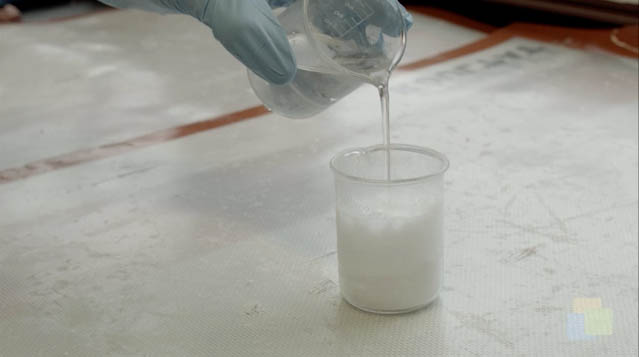
Master candymaker Wes Raley describes the process and science behind making sour fizzy candy.
Download the CPALMS Perspectives video student note taking guide.

What does it mean to be normally distributed? What do oceanographers do when the collected data is not normally distributed?

This marine biologist discusses her use of graphical representations to help determine the most cost-effective management strategies for sea turtle conservation.
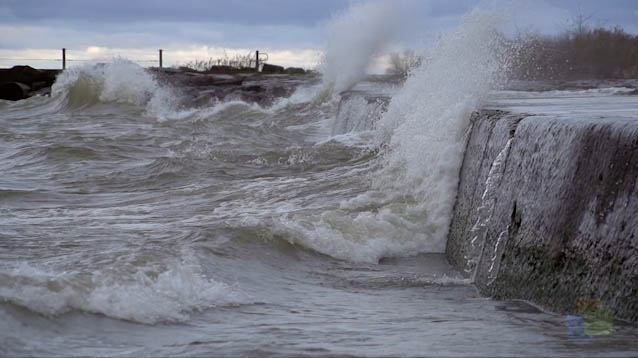
Entrepreneur and meteorologist Mark Powell discusses the need for statistics in his mathematical modeling program to help better understand hurricanes.
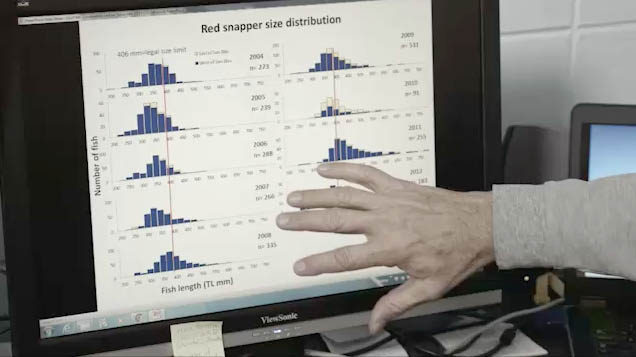
NOAA Fishery management relies on histograms to show patterns and trends over time of fishery data.
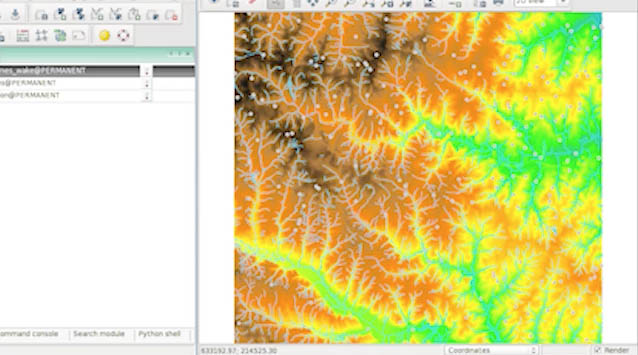
Ecologist, Rebecca Means, describes the process of determining remote locations in the USA and developing quantitative questions that are appropriate.
Download the CPALMS Perspectives video student note taking guide.

Unlock an effective teaching strategy for teaching median, mode, and range in this Teacher Perspectives Video for educators.

Want an unforgettable field trip led by a real scientist where your students get hands-on experience with collecting population data? Consider the "" educational program from Remote Footprints.
Download the CPALMS Perspectives video student note taking guide.

Invasive lionfish are taking a bite out of the ecosystem of Biscayne Bay. Biologists are looking for new ways to remove them, including encouraging recreational divers to bite back!
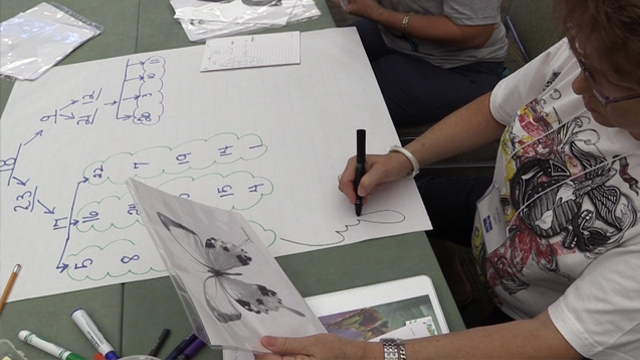
This education researcher uses measures of center and measures of variability for numerical data from random samples to draw informal comparative inferences about two populations.

Sometimes scientists conduct a census, too! Learn how population sampling can help monitor the progress of an ecological restoration project.

Dive in and learn about how statistics can be used to help research sea turtles!

Dr. Bill McShea from the Smithsonian Institution discusses sampling and inference in the study of wildlife populations.
This video was created in collaboration with the Okaloosa County SCIENCE Partnership, including the Smithsonian Institution and Harvard University.

The tide is high! How can we statistically prove there is a relationship between the tides on the Gulf Coast and in a fresh water spring 20 miles from each other?
Download the CPALMS Perspectives video student note taking guide.

This ecologist from the Coastal Plains Institute discusses sampling techniques that are used to gather data to make statistical inferences about amphibian populations in the wetlands of the Apalachicola National Forest.

Ecologist Rebecca Means discusses the use of statistical sampling and comparative studies in field biology.

How do scientists collect information from the world? They sample it! Learn how scientists take samples of phytoplankton not only to monitor their populations, but also to make inferences about the rest of the ecosystem!

It's impossible to count every animal in a park, but with statistics and some engineering, biologists can come up with a good estimate.

An archaeologist describes how an ancient weapons technology can be used to bring home dinner or generate data for a math lesson.
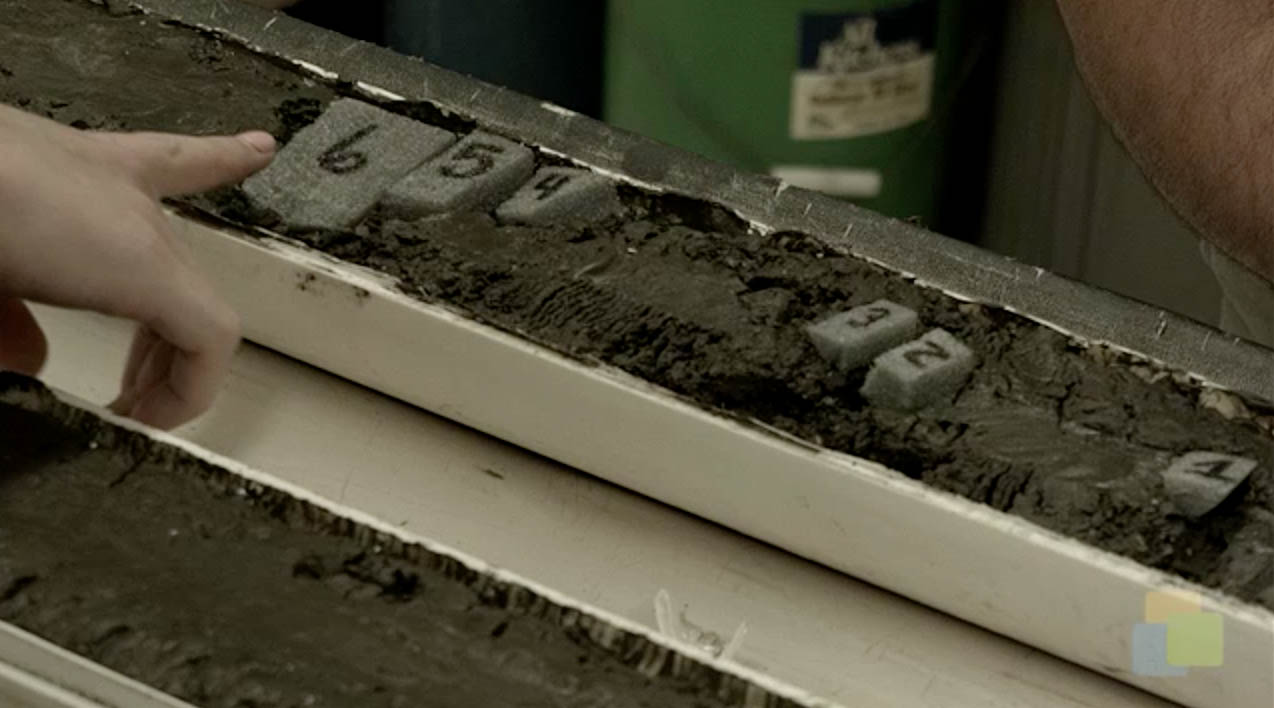
Eugene Domack, a geological oceanographer, describes how sediment cores are collected and used to estimate rates of ice sheet movement in Antarctica. Video funded by NSF grant #: OCE-1502753.
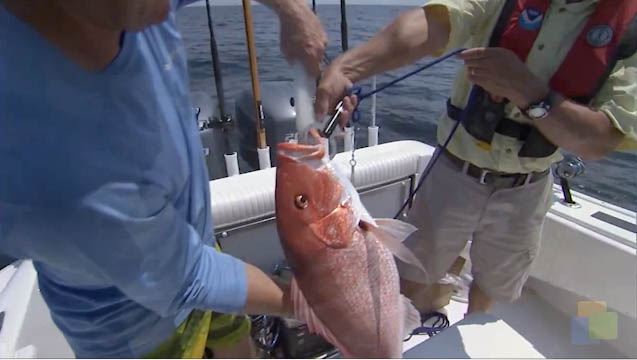
NOAA Scientist Doug Devries discusses the differences between fishery independent surveys and fishery independent surveys. Discussion includes trap sampling as well as camera sampling. Using graphs to show changes in population of red snapper.

Underwater sampling with cameras has made fishery management more accurate for NOAA scientists.

Graphic designer and artist, Drexston Redway infuses statistics into his artwork to show population distribution and overlap of poverty and ethnicity in Tallahassee, FL.
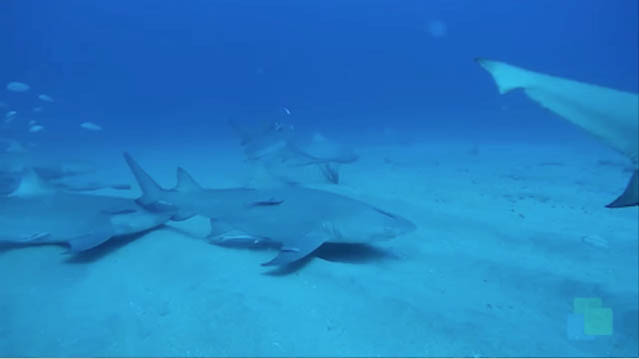
Fish Ecologist, Dean Grubbs, discusses how using statistical sampling can help determine legal catch rates for fish that may be endangered.
Download the CPALMS Perspectives video student note taking guide.
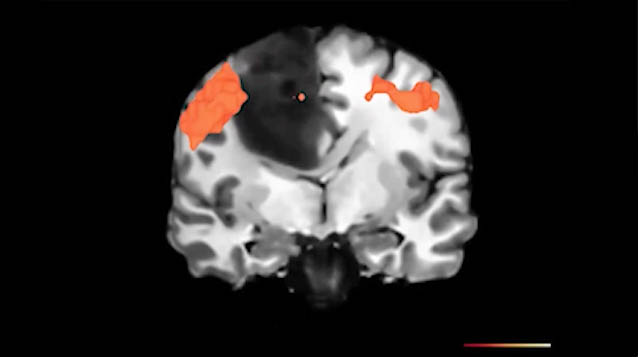
Jens Foell discusses how statistical noise reduction is used in fMRI brain imaging to be able to determine which specifics parts of the brain are related to certain activities and how this relates to patients that suffer from phantom limb pain.
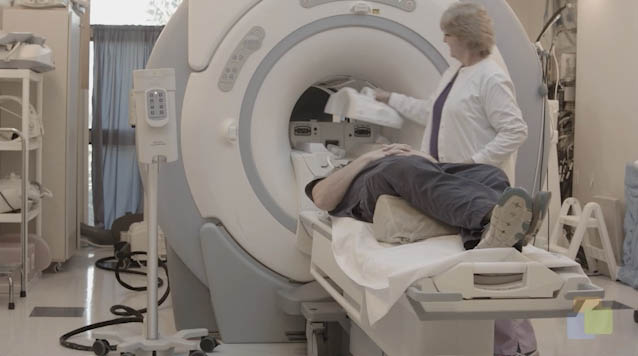
Florida State researcher Jens Foell discusses the use of fMRI and statistics in chronic pain.
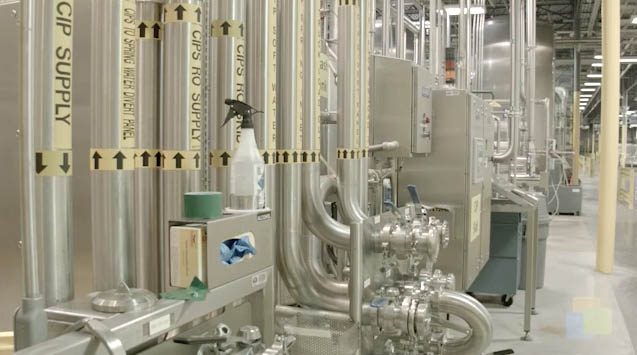
Hydrogeologist from Nestle Waters discusses the importance of statistical tests in monitoring sustainability and in maintaining consistent water quality in bottled water.
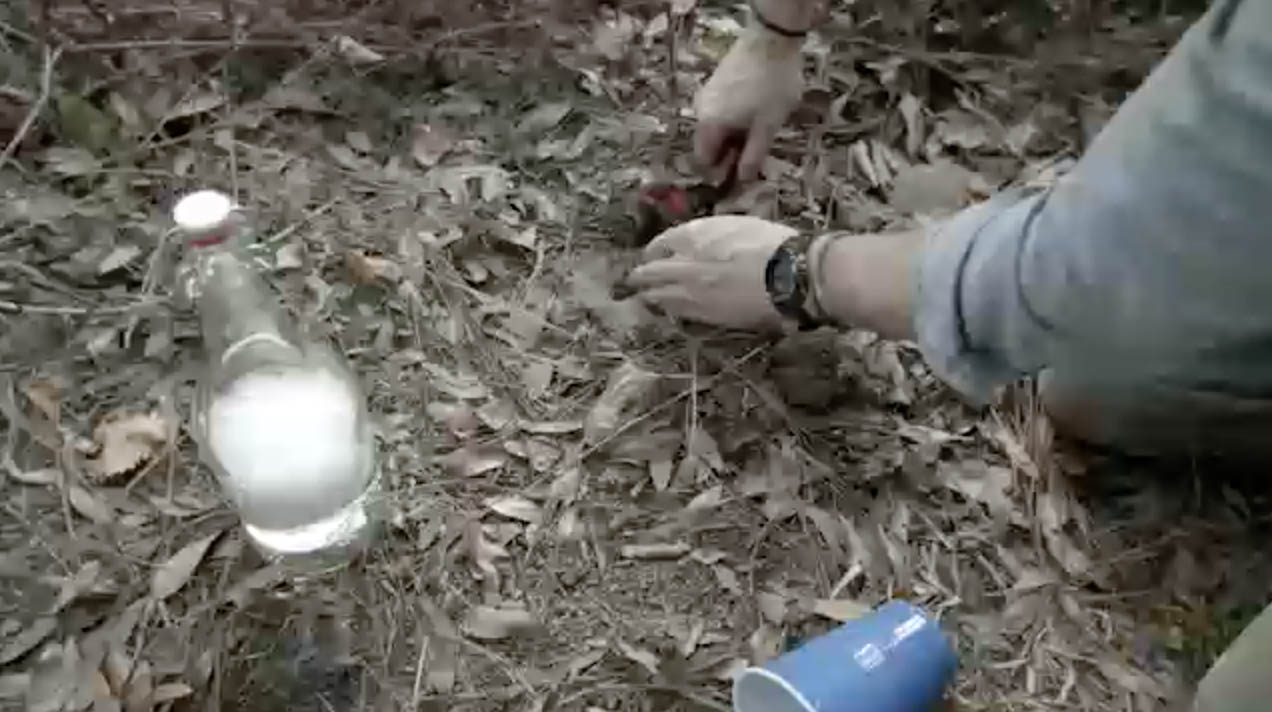
Patrick Milligan shares a teaching idea for collecting insect samples.
![Cpalms [Logo]](/images/cpalms_color.png)







